Travel Sized Deicide: Thoughts on the PSP God of War Games
By Darth_Navster 7 Comments
Happy independence weekend to American and Canadian readers! While the Yankees are enjoying their day off today, us Canucks are just coming off a three day weekend of our own. I myself took advantage of the time to escape the city for some rest, relaxation, and quality time with the ever reliable Vita. On a lark I fired up God of War: Ghost of Sparta, the 2010 PSP franchise entry that recently was featured as a Playstation Plus title. Although I originally intended on only messing around with the game out of curiosity, I quickly became engrossed and plowed through the story in two sittings. At that point I was craving even more Ancient Greek debauchery and proceeded to play through Chains of Olympus, the other PSP God of War game. As a lapsed fan of the franchise since the third entry, I was quite surprised that the series could still sink its chain blades into me. It got me thinking about what makes God of War so compelling, and what lesson the upcoming sequel can learn from its predecessors. So, without further ado, here are some scattered thoughts on Kratos’s portable adventures and the series in general.
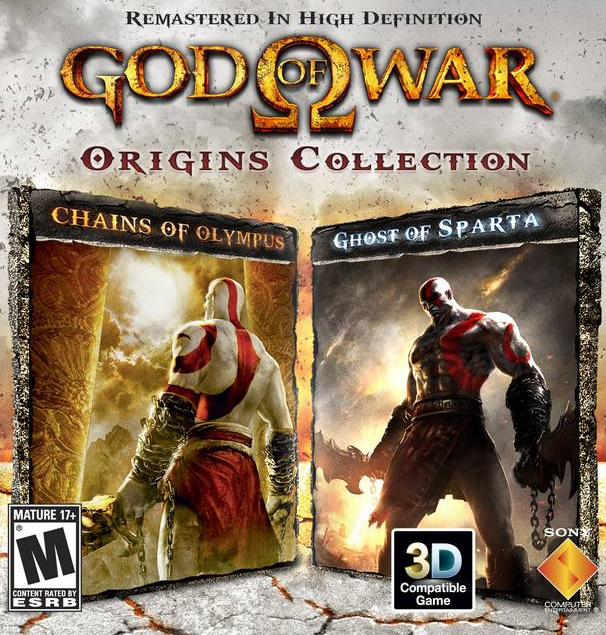
Size (and Scale) Doesn’t Matter All that Much
One thing that I had always taken as a given with the God of War series was that bigger is better. From slaying the Hydra in the first game to fighting atop the massive Titan Gaia in the third, the series seemed to shine brightest when the enemies and levels dwarfed Kratos. But given the small form factor and limited horsepower of the PSP, the scale of its games was necessarily limited. However, they remained compelling even with this constraint, as Ready at Dawn was able to deliver some fun and creative set pieces using the series’s proven combat and platforming systems. For example, the final boss battle in Ghost of Sparta involves Kratos and his brother, Deimos, fighting against Thanatos, the god of death. The fight requires that the two brothers work together, with Kratos calling on Deimos to stun Thanatos with a spear. The gameplay here helps to reinforce the story’s theme of the estranged brothers coming to terms with the circumstances that forced them apart, and it makes for a very satisfying climax despite being narrow in its focus. It’s striking how much this battle shares similarities with the new game’s central conceit, namely Kratos and his son working together to defeat enemies. It speaks to the narrative potential of a smaller scale game focused on cooperative combat between characters that still feels true to the series.
Certain Gameplay Artifacts Feel Dated and Need to Go
The first God of War debuted in 2005, and it’s surprising how little its structure has evolved in the intervening years. Each entry still has such silly gameplay contrivances as glowing orbs to collect, conveniently placed chests, out-of-place save points, and annoying quick time events. If the series was more self aware these elements would be more easily forgiven, but given the cinematic nature of God of War they feel dated and out of place. Judging by its demo, Sony Santa Monica seems to understand this with the new game and has gotten rid of elements that would take away from its polished presentation.
Other Gameplay Mechanics are Great and Should Stay
No franchise survives for over a decade without having a core formula that remains compelling, and God of War is no exception. The combination of combat, exploration, and light puzzle solving is still a lot of fun and the new game should embrace these elements. There’s also no denying the satisfying brutality of carving up enemies with the iconic blades of chaos, and having Kratos turn them in for some sort of magical ice ax has me nervous about the pacing of combat. I understand evolving with the times, but I’d rather not have God of War turn into yet another high animation priority action game in the vein of Dark Souls. Mashing on the square button isn’t strategic or difficult, but I’ll be damned if it isn’t satisfying to see Kratos become a whirlwind of death in every fight. Go ahead and add some nuance, sure, but if we can’t let loose then we aren’t really playing God of War.
Some Rage is Good, a Lot of Rage is Not
Look, Kratos isn’t known for his layers of personality. He’s just a big angry dude from a time when most video game protagonists were some form of big angry dude. But even while I enjoyed the stories of the PSP games for what they were, it got tiring to see Kratos respond to every situation with rage. It’s predictable and altogether not that interesting. As such, I can’t help but applaud the developers for making this new Kratos a man seeking to become more than the anger that has consumed him for so long. He still snaps at his son, and there seems to be a combat mechanic that allows him to channel a so-called “Spartan Rage”, but it’s clear that he’s trying to be a better man/demigod. We shall see if the full game follows this narrative path, but so far the game has started on the right foot.
Game Length is Key
One thing that the console God of War games all seem to share is the sense of fatigue during their back halves. Frankly, those games’ mechanics simply don’t have enough depth to sustain 10+ hours of gameplay. The PSP games, on the other hand, manage to feel fresh throughout their 5 hour campaigns using essentially the same mechanics. Of course, since Chains of Olympus and Ghost of Sparta are portable games with smaller budgets, the shorter length is acceptable. Home console releases, however, are subjected to higher standards and I doubt that the new God of War would be able to get away with such a short length without being roundly criticized. As such, Sony Santa Monica needs to ensure that there is enough gameplay variety to sustain interest throughout the entirety of a lengthy campaign. Luckily, the demo seems to indicate that there will be gameplay systems like hunting and exploration to compliment the combat, so there’s hope that the new game will avoid the repetitive feeling back halves of its predecessors.
Final Thoughts
I can now say that I’m excited for a new God of War, which is a dramatic turnaround from my indifference to the series only a few days ago. Both Chains of Olympus and Ghost of Sparta show that a more focused God of War can still be satisfying and true to the spirit of the franchise. Regardless of scale, there’s something compelling about going toe-to-toe with mythological beasts, and it seems like the new game embraces this philosophy while also moving the series in a new and exciting direction. There’s still life in God of War’s weary bones, and I’m more than happy to see what it does in the Scandinavian wilderness.
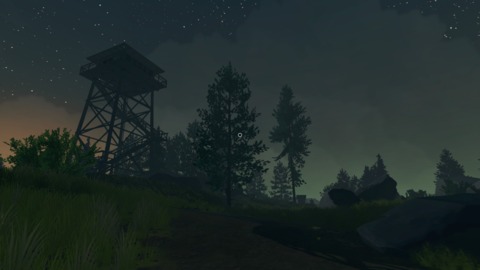
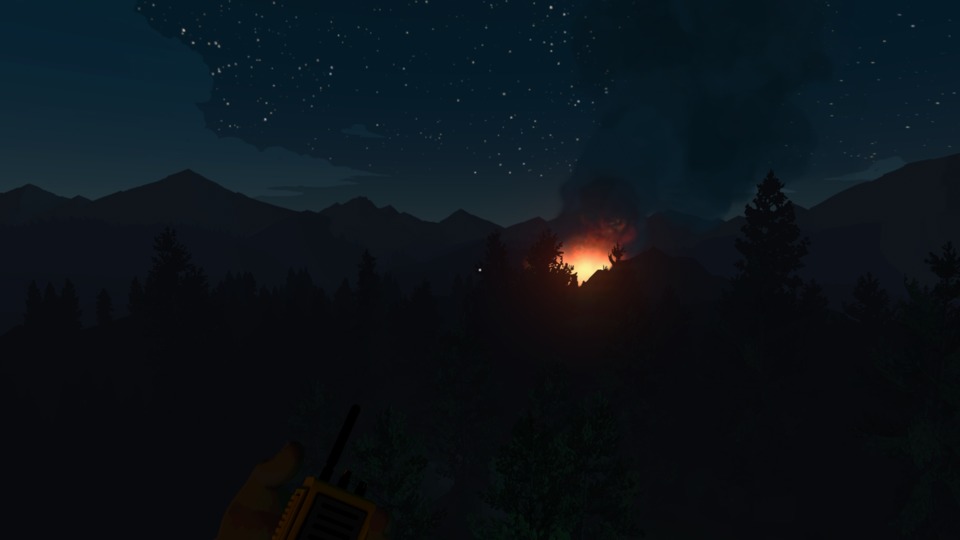
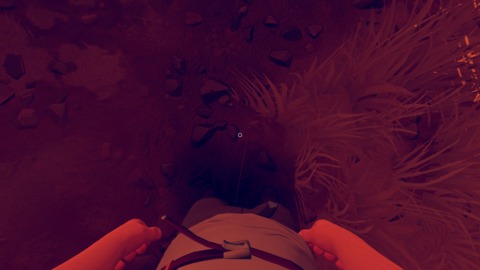
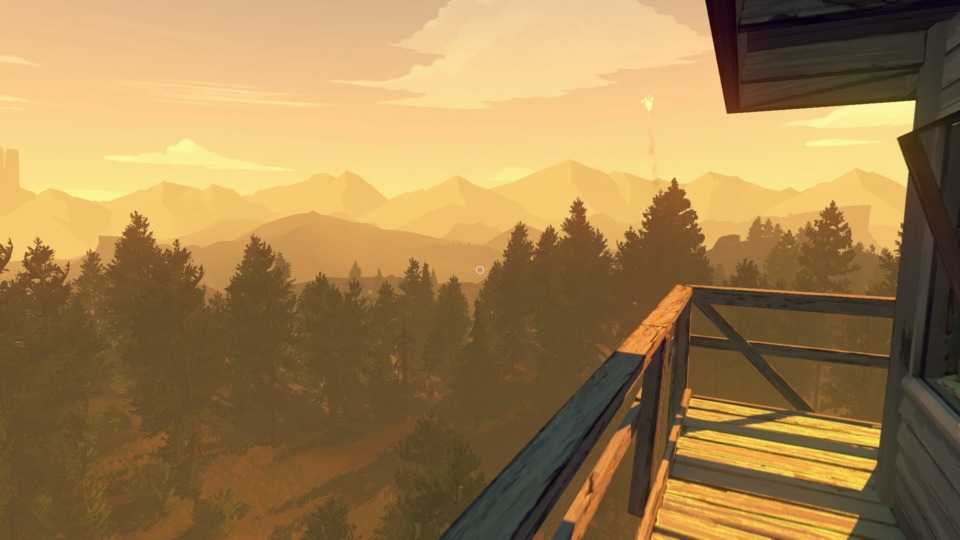
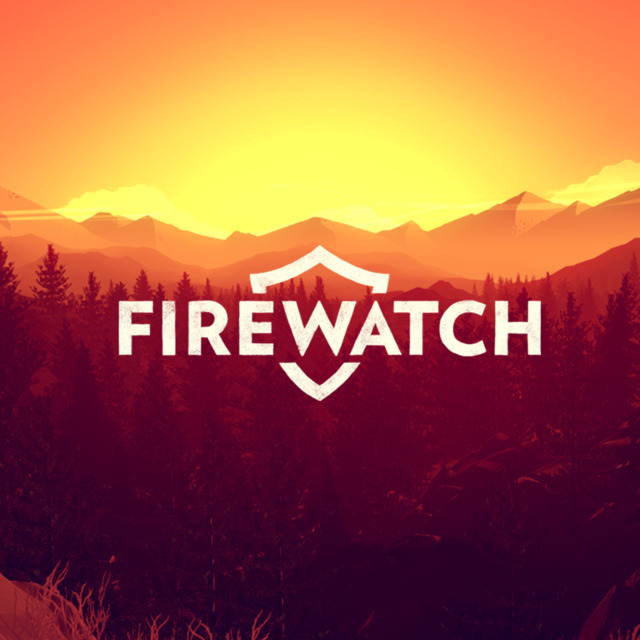
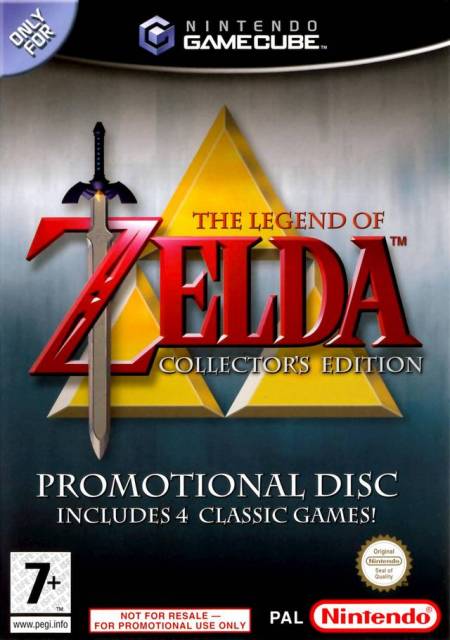

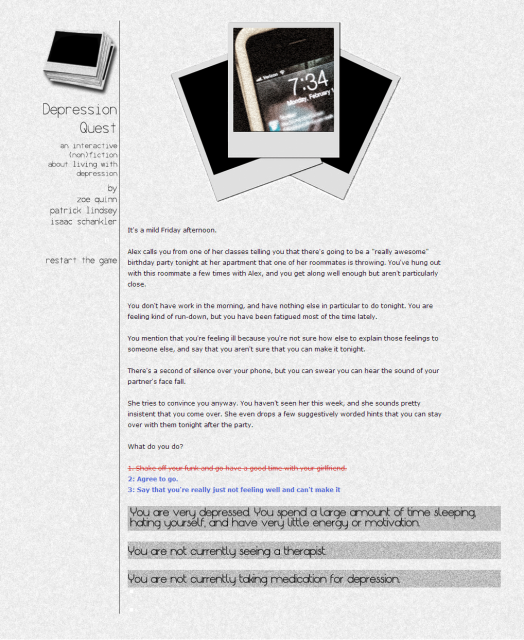
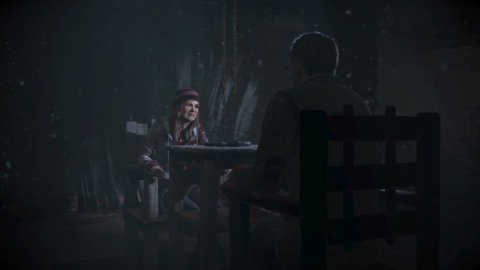
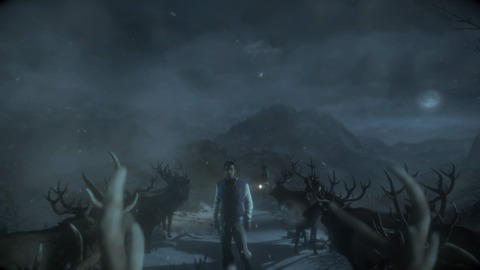
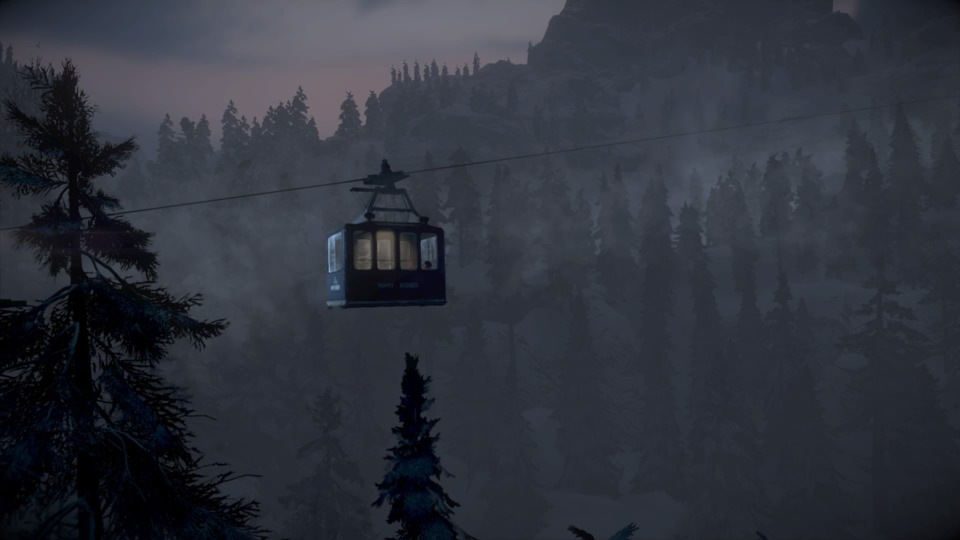
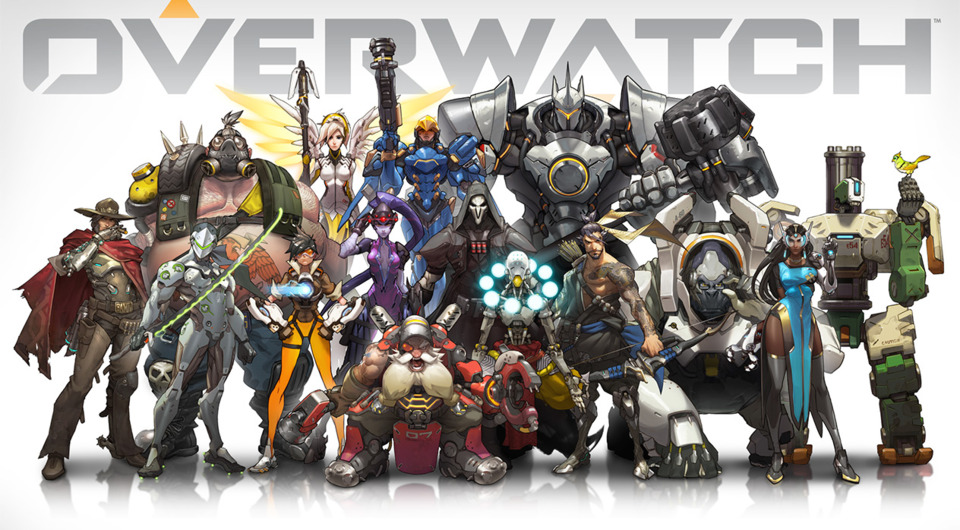
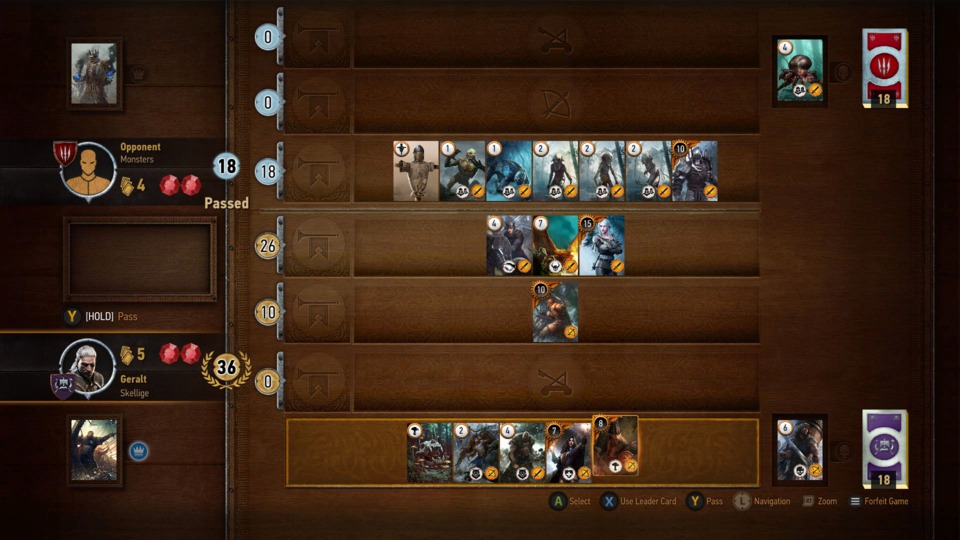
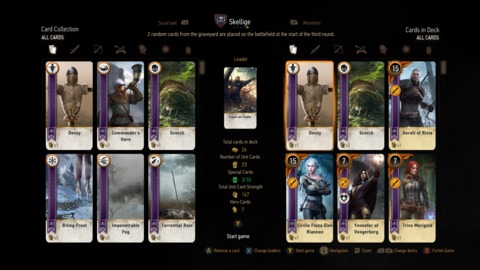
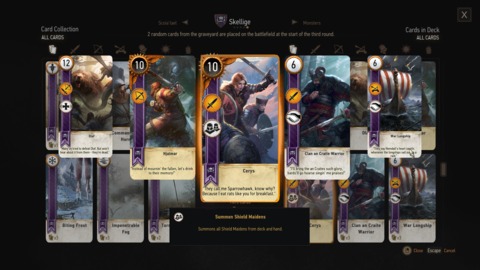
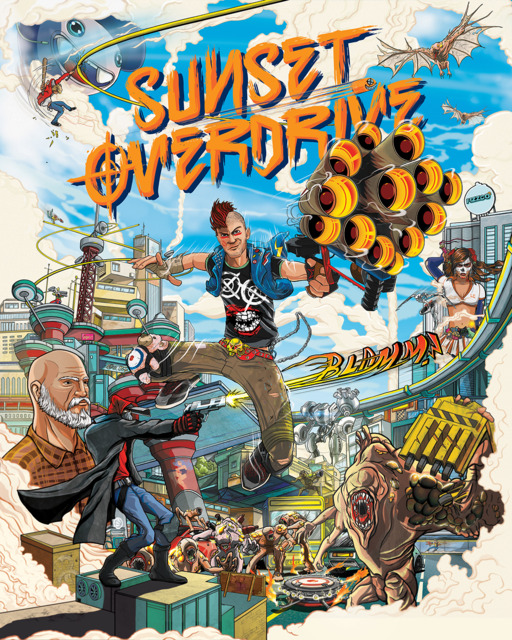
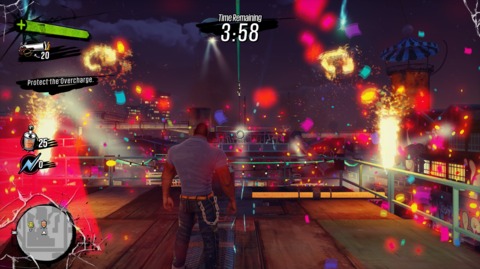
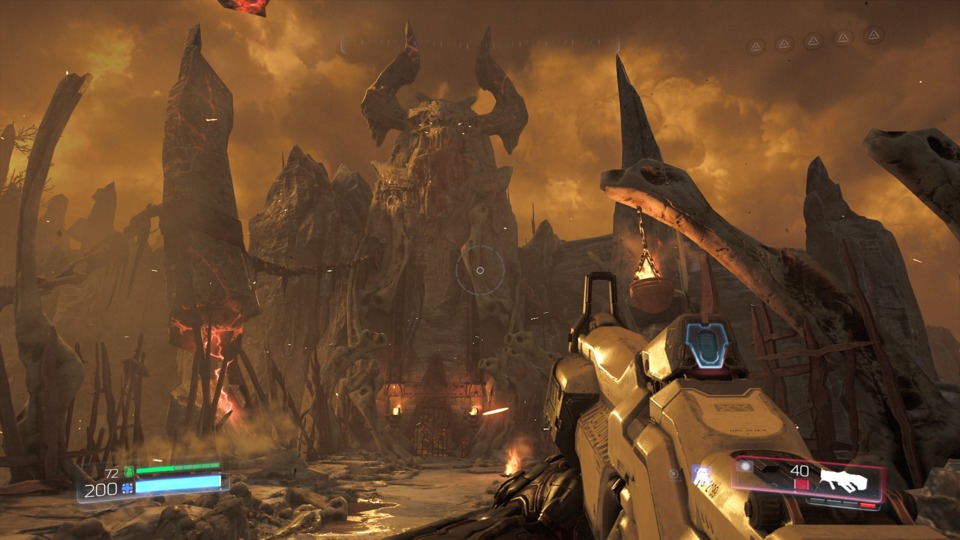
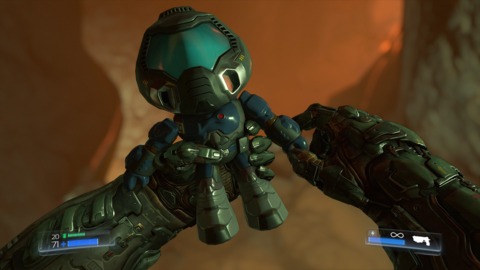
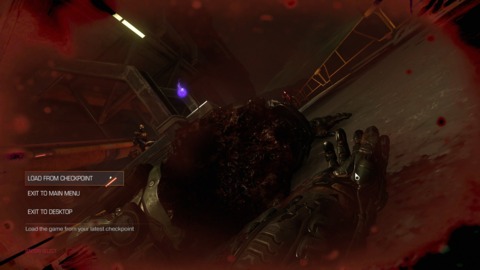
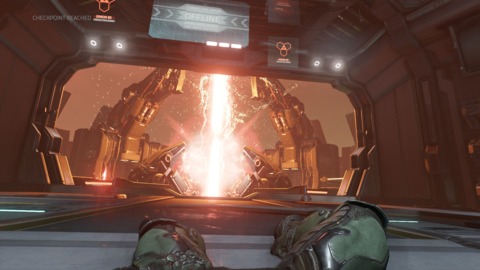
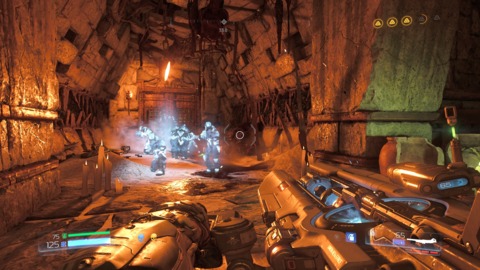
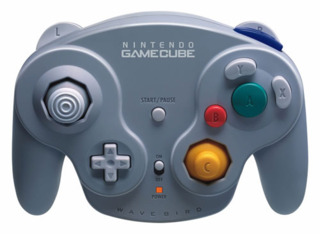
Log in to comment